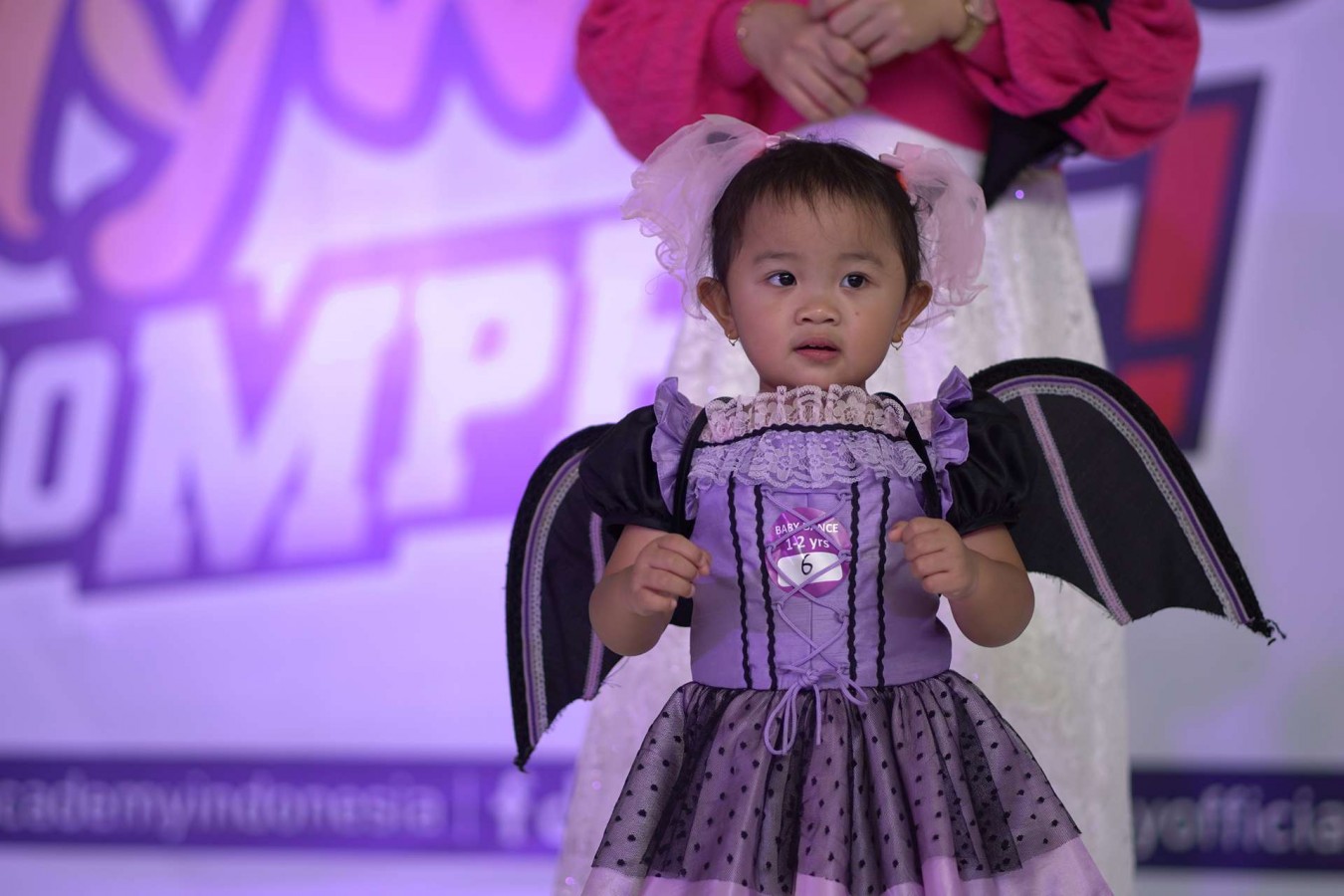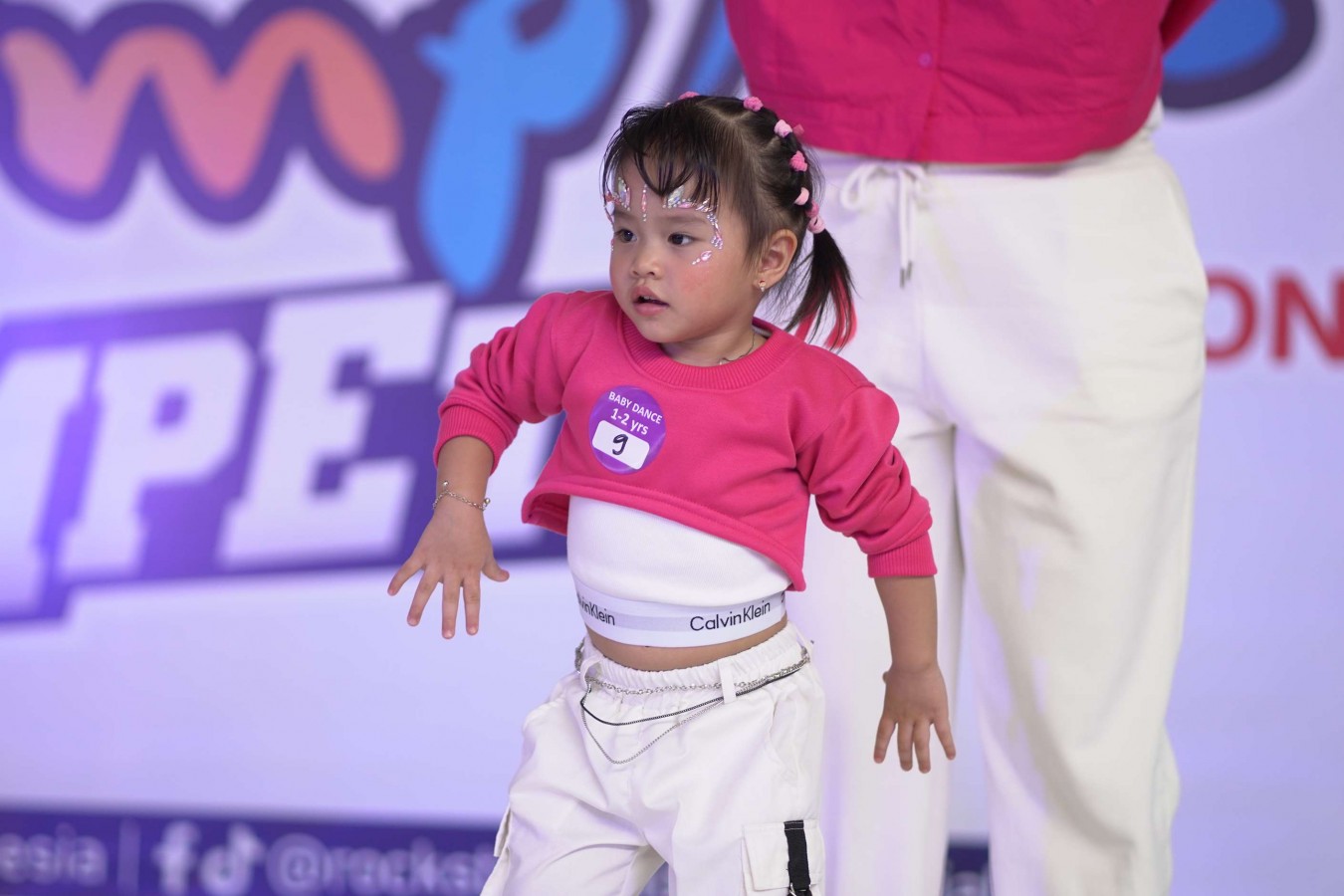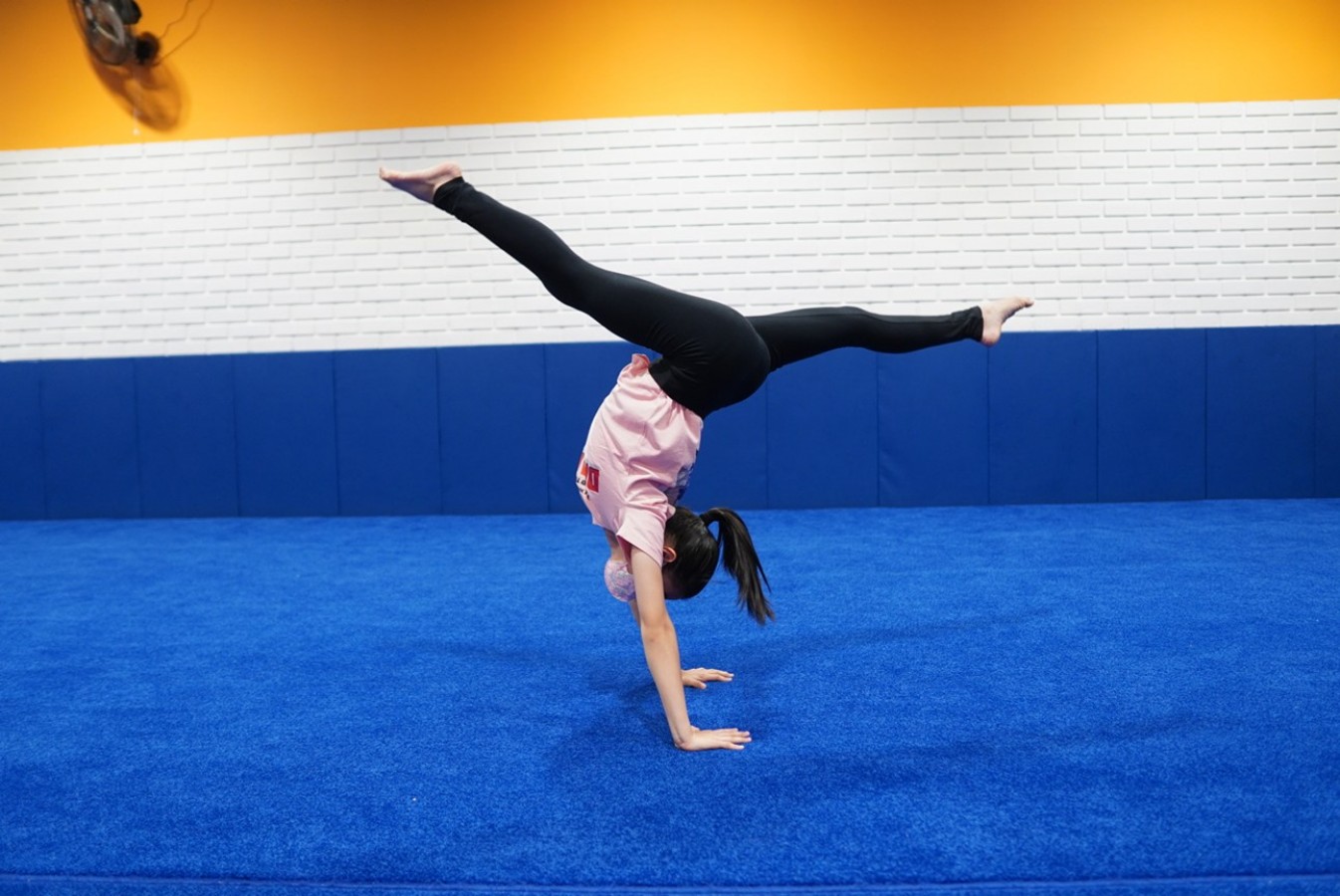When Does Baby Dance to Music? Why Music and Movement Are Crucial for Early Development

Have you ever played a song and noticed your baby wiggling, bouncing, or clapping along with the beat? It’s one of the most delightful sights for parents. Babies may not know the latest TikTok choreography, but their natural instinct to move when they hear rhythm is both adorable and incredibly important for their growth.
Music and movement play a crucial role in your child’s early development. But when exactly does this “baby dancing” start, and how can you nurture it? Let’s dive in!
Baby Dancing Development: When Will Baby Start Dancing?
Watching your baby’s first “dance moves” is like catching a glimpse of pure joy in motion. Let’s take a closer look at how this magical progression unfolds, stage by stage.
1. Movement Before Dancing
Even before your baby officially dances, they are already connecting to rhythm. In fact, research suggests that babies can hear and respond to music while still in the womb. By the time they’re born, they already recognize familiar melodies—like lullabies you sang during pregnancy. [BMC Pediatr, 2023]
So, when will the baby start dancing? Here’s a simple guide you might notice:
- Newborns (0–3 months)
At this stage, babies don’t dance yet, but you’ll notice them calming down or perking up when they hear music. Gentle rocking and swaying can help soothe them.
- Infants (4–7 months)
Around this age, babies start experimenting with movement. They may kick their legs, wave their arms, or smile when music plays. It’s not “dancing” yet, but it’s their way of joining in.
- Older infants (8–12 months)
This is when things get exciting! Babies start bouncing up and down, clapping, or swaying side-to-side. These spontaneous moves are their early version of dancing.
- Toddlers (12–24 months)
Toddlers love rhythm and often create their own moves. They may stomp their feet, spin in circles, or even try to mimic the actions they see you doing.
2. The Magic of Rhythm
Why do babies dance at all? It’s because humans are naturally wired to respond to rhythm. Studies show that babies move in time with music more than with plain speech. This rhythm sensitivity is what sparks their spontaneous dancing which proves that moving to music is an instinct, not something taught. [Marcel Zentner, 2010]
Why Babies Move Automatically to Music
If you’ve ever wondered why your baby starts bouncing the moment they hear “Baby Shark,” the answer lies in brain development. Music stimulates multiple areas of the brain at once, especially those linked to movement, coordination, and emotions. Here are reasons why baby moves automatically to music/rhythm:
- The brain-body connection where when music plays, the brain sends signals to the body that encourage movement.
- Imitating adults. Babies love copying what they see. If you clap, sway, or dance, chances are your baby will try to follow along.
- Movement is also a way for babies to express joy and excitement. Their little dances are like happy exclamation marks to their favorite songs.
The Role of Music and Movement in Early Development
Dancing might look like just an adorable milestone, but behind those sweet moves lie the powerful benefits of dance for kids that support their growth and development. Music and movement play a crucial role in supporting your child’s early growth, helping them develop physically, mentally, emotionally, and socially. Let’s explore how.
A. Physical Development
When babies dance, they are strengthening their bodies in ways you may not realize. The simple act of bouncing, swaying, or clapping helps build muscles, improve balance, and enhance coordination.
Dance also allows little ones to explore spatial awareness as they learn how their bodies move in relation to their surroundings. On top of that, it provides a healthy outlet for energy, keeping babies active, engaged, and happy.
B. Cognitive Development
Music and movement are powerful tools for cognitive development for children. Dancing helps babies recognize skills that later support math and language learning. Combining songs with actions also strengthens memory, since children remember words more easily when paired with movement.
Beyond that, dance nurtures creativity, encouraging babies to experiment with their own movements and use their imagination.
C. Language and Communication Skills
Before babies can fully express themselves with words, music and movement become a bridge to communication. Dancing to songs with repetitive lyrics helps expand vocabulary and builds connections between words and actions.
It also gives babies a way to express their feelings when words aren’t enough. At the same time, learning to listen to musical cues, like stopping when the music pauses, develops important early listening and focus skills.
D. Social and Emotional Growth
One of the most beautiful benefits of music and dance is the way they bring people together. Dancing with parents or caregivers strengthens bonds and creates moments of joy and connection.
It also helps babies build confidence as they master new movements and feel proud of their accomplishments. Most importantly, music and dance naturally lift a child’s mood, filling their early years with happiness and emotional well-being.
Should You Enroll Your Baby in Dance Classes?
The idea of a “baby dance class” might sound amusing at first, but it’s actually an amazing way to nurture development. While you can certainly dance at home with your little one, joining a structured program has extra benefits:
- Guided learning: Professional instructors use age-appropriate music and movement activities designed to boost development.
- Social interaction: Babies get the chance to meet and observe other children, which builds social awareness.
- Routine: Regular classes give structure, helping your child build focus and discipline early on.
- Parental bonding: Many baby dance classes involve parents too, making it a fun shared activity.
When Is the Right Time to Start?
Most baby dance programs welcome children as young as 6 months, with classes tailored to their age group. At this stage, it’s more about exploring rhythm, coordination, and movement in a safe environment.
If you’re ready to take the next step, enrolling your little one in a dance program at Rockstar Academy is a wonderful choice. Rockstar Academy is the best Sports & Performing Arts Academy, offering a variety of physical activity programs that spark growth, creativity, and confidence.
Through its well-rounded curriculum, your child will have the chance to shine in exciting events such as the Dance Recital, Elite Championships, and RockOlympics—all incredible experiences that help students uncover their true potential.
And the best part? Rockstar Academy also offers a free trial class, giving you and your baby the perfect opportunity to explore the joy of dance together. Why wait? Let the music play and watch your little one’s journey begin!
FAQs
When do babies start dancing to music?
Most babies start showing rhythmic movements around 8–12 months, though some may begin earlier. Toddlers usually get more coordinated by 18–24 months.
Is it normal if my baby doesn’t dance?
Yes! Every child develops differently. Some may respond to music by smiling, clapping, or vocalizing instead of dancing.
Can music really make my baby smarter?
While music alone won’t turn your child into a genius, it does boost cognitive development, improve memory, and build language and math foundations.



